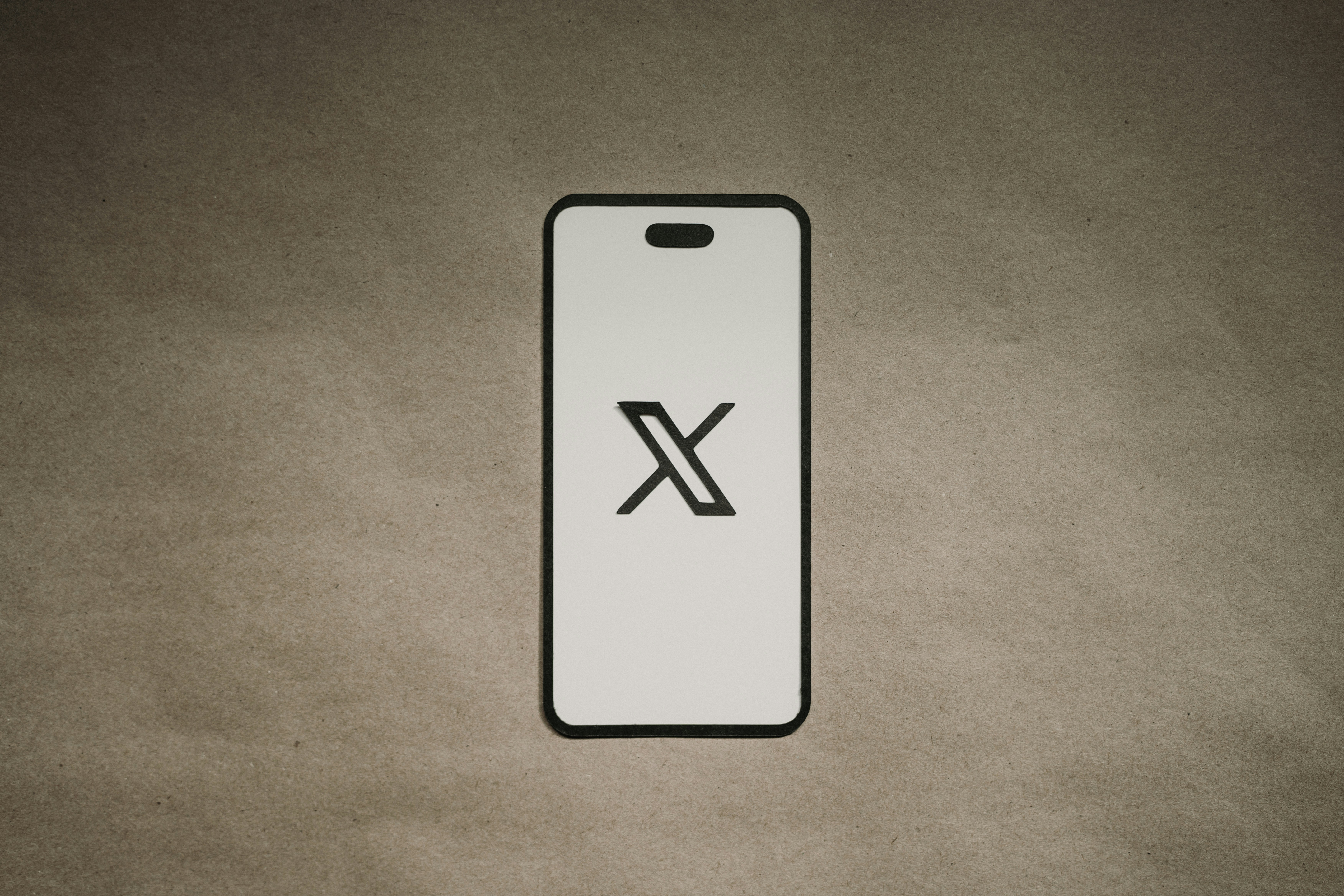Saturday’s outage wasn’t an isolated glitch. It was a symptom. Zoom out, and you’ll see more than a blip—it’s a visible crack in a system that once thrived on cultural relevance and platform inertia. X, formerly Twitter, isn’t just wrestling with bugs. It’s showing signs of a deeper unraveling in its operational backbone and strategic direction.
The downtime on Saturday, flagged by over 10,000 user reports via Downdetector, eventually subsided. But what followed was more revealing than the disruption itself. Instead of a technical post-mortem, users got a familiar Muskism: a promise to work “24/7,” sleeping in conference rooms, with vague nods to critical tech deployments. That’s not a systems recovery plan. It’s a personal mythology posing as operational reassurance.
X wasn’t just a social app—it ran on a network loop: real-time content sparked engagement, which drew advertisers, who funded creator growth, which reinforced content quality and user stickiness. A self-fueling engine. Until it wasn’t.
Since Musk’s takeover, friction has crept into every part of that cycle. Trust in verification collapsed. Content moderation wavered. Ad buyers pulled back. Timeline curation lost coherence. The result? Even loyal power users started wondering if the product still had a pulse.
And while 500 million monthly users might sound like stability, volume means little without operational integrity—especially when ambition races ahead of infrastructure.
Let’s start with the most structural issue: talent. Core engineering capacity has thinned. Product leadership is fragmented. Much of the institutional memory that kept Twitter stable is gone. What’s left is a high-burn team working past capacity, plugging holes with hustle, not redundancy.
Infrastructure isn’t faring better. Blaming cyberattacks might have worked once, but repetition without transparency breeds skepticism. In social platforms, uptime is hygiene—not a feature. Lose it, and you lose institutional users: government agencies, media outlets, emergency systems.
Then comes the sprawl. The roadmap is littered with ambition—xAI, payments, livestreams, political engagement layers. But expansion without capacity is fragility disguised as innovation. The ops bandwidth simply isn’t keeping pace.
Musk’s latest move—to cast himself again as the sleep-deprived savior—should concern anyone who’s run scaled systems. When reliability hinges on founder theatrics, that’s not resilience. That’s institutional risk.
Contrast this with Meta. Its transition to AI and VR hasn’t been flawless, but platform uptime remained stable, supported by layered leadership and infrastructural discipline. Delegation, not dependency, allowed that continuity. This isn’t about personality. It’s about whether an org chart has depth—or just orbit.
The exits are subtle but mounting. Major brands have reduced ad spend. News organizations now treat X as a secondary outlet. Developers are backing away from the API, citing poor reliability, high costs, and erratic rules.
And users? They’re not rage-quitting. They’re rebalancing. Shifting time to Threads. Lurking more on Discord. Watching Bluesky with curiosity. The timeline might still scroll—but attention is fragmenting. This isn’t churn with fanfare. It’s the silent kind that turns active users into passive ones.
Here’s the hard truth: what once fueled the loop—engagement driving monetization—is now playing in reverse. Revenue constraints are driving product pivots, which are undermining user experience, which reduces engagement, which weakens ad appeal. It’s not a slowdown. It’s a feedback loop in decline.
If you’re building a platform, this is the nightmare: shaky infra, misaligned product bets, and sentiment slipping from loyalty into caution.
- Resilience isn’t user count. It’s ops teams that don’t need heroics to stay online.
- Hustle culture can’t substitute for uptime. Sleeping in a server room makes for headlines, not reliability.
- Sprawling product ambitions without backend stability is a recipe for burnout—both internal and external.
- Users will forgive outages. They won’t forgive confusion. Especially not from a platform that once promised clarity.
The outage may have triggered headlines. But the real deterioration is playing out offstage—in how the system operates, how users feel, and how control of the narrative has slipped. When your business continuity plan involves a billionaire grabbing a sleeping bag, the problem isn’t dedication. It’s architecture.















